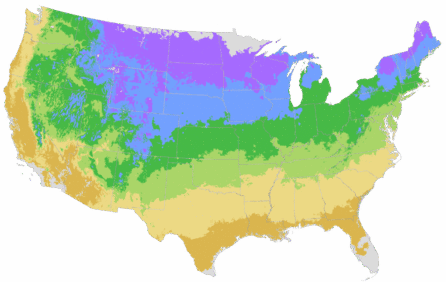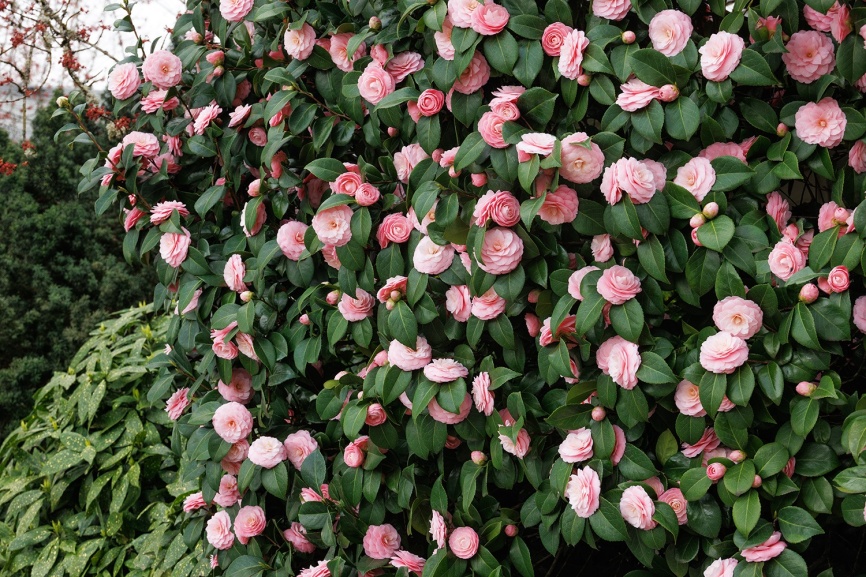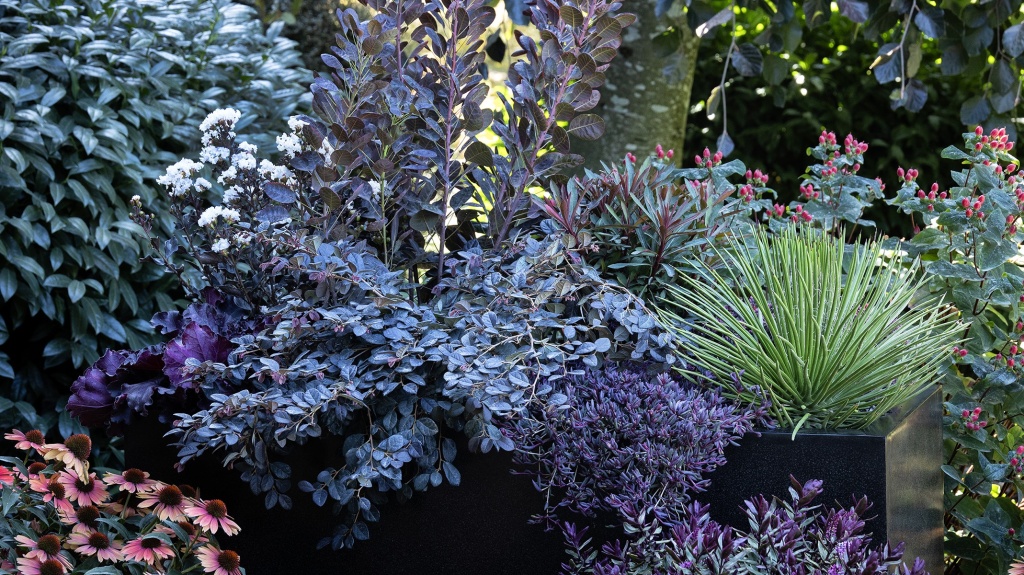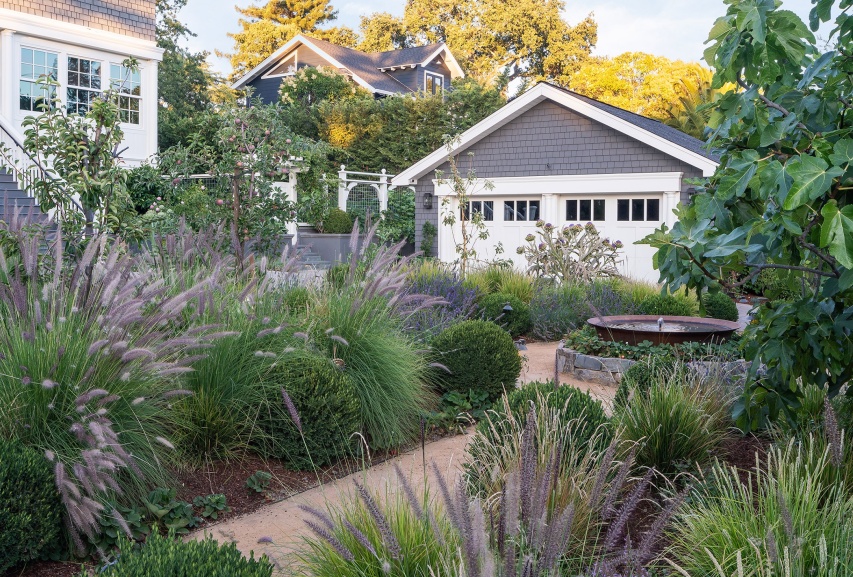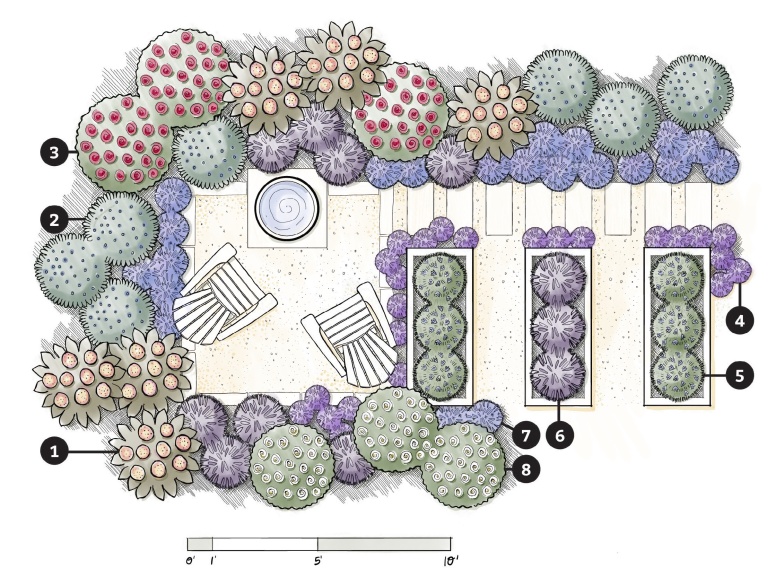You're growing in this Zip Code:
Change LocationDiscover Plants for Your Area
Royal Candles Veronica
Veronica spicata 'Glory'
Retailers Near You
| Description | Expect a profusion of vibrant, violet-blue flower spikes over an exceptionally long season from this charmer. Easy to grow, with an upright, tidy, and compact habit. A wonderful vertical element for containers, border fronts, and cutting gardens. An herbaceous perennial. |
|---|---|
| Bloom Time | Late spring into fall |
| Deciduous/Evergreen | Herbaceous |
| Special Features | Attracts Butterflies, Attracts Hummingbirds, Easy Care, Attracts Pollinators, Compact Form |
| Problems/Solutions | Deer Resistant, Rabbit Resistant |
| Growth Rate | Moderate |
| Flower Attributes | Flowers for Cutting, Long Bloom Season, Showy Flowers |
| Patent Act | Asexual reproduction of plants protected by the Plant Patent Act is prohibited during the life of the patent. |
| Landscape Use | Border, Container |
| Design Ideas | This little spiky veronica is perfect for front of the border. Makes a fine informal edging along flagstone paths or sidewalks. Exceptional against white picket fences or combined with white flowers to provide plenty of contrast for the rich blue coloring. Can be spotted into woodland edges and into cottage gardens for old fashioned charm. |
| Flower Color | Blue |
| Foliage Color | Green |
| Companion Plants | Rose (Rosa); Black-Eyed Susan (Rudbeckia); Coneflower (Echinacea); Blue Fescue (Festuca); Shasta Daisy (Chrysanthemum) |
| Care Instructions | Thrives in average, fast draining soils with consistent moisture; avoid overly wet winter conditions. Water deeply, regularly in first growing season to establish root system. Clip spent flower stems for a neat appearance. Can be cut back to basal growth after flowering, and divided every 2 to 3 years, in early spring. |
| History | This old fashioned member of the figwort family is a genus of about 250 species native to the North Temperate Zone. The species originates in norther Europe and parts of Asia. This and many other modern hybrids include ancestry of V. incana and its many subspecies. This cultivar was derived from 'Sunny Border Blue' by Heather Philpot of Plant Haven Nursery in England. Superior Royal Candles earned Plant of the Year in 2001. |
| Lore | Veronica was so named by Linnaeus after Saint Veronica, a figure in the Christian Gospels. |
| Description | Expect a profusion of vibrant, violet-blue flower spikes over an exceptionally long season from this charmer. Easy to grow, with an upright, tidy, and compact habit. A wonderful vertical element for containers, border fronts, and cutting gardens. An herbaceous perennial. |
|---|---|
| Bloom Time | Late spring into fall |
| Deciduous/Evergreen | Herbaceous |
| Special Features | Attracts Butterflies, Attracts Hummingbirds, Easy Care, Attracts Pollinators, Compact Form |
| Problems/Solutions | Deer Resistant, Rabbit Resistant |
| Growth Rate | Moderate |
| Flower Attributes | Flowers for Cutting, Long Bloom Season, Showy Flowers |
| Patent Act | Asexual reproduction of plants protected by the Plant Patent Act is prohibited during the life of the patent. |
| Landscape Use | Border, Container |
|---|---|
| Design Ideas | This little spiky veronica is perfect for front of the border. Makes a fine informal edging along flagstone paths or sidewalks. Exceptional against white picket fences or combined with white flowers to provide plenty of contrast for the rich blue coloring. Can be spotted into woodland edges and into cottage gardens for old fashioned charm. |
| Flower Color | Blue |
| Foliage Color | Green |
| Companion Plants | Rose (Rosa); Black-Eyed Susan (Rudbeckia); Coneflower (Echinacea); Blue Fescue (Festuca); Shasta Daisy (Chrysanthemum) |
| Care Instructions | Thrives in average, fast draining soils with consistent moisture; avoid overly wet winter conditions. Water deeply, regularly in first growing season to establish root system. Clip spent flower stems for a neat appearance. Can be cut back to basal growth after flowering, and divided every 2 to 3 years, in early spring. |
|---|
| History | This old fashioned member of the figwort family is a genus of about 250 species native to the North Temperate Zone. The species originates in norther Europe and parts of Asia. This and many other modern hybrids include ancestry of V. incana and its many subspecies. This cultivar was derived from 'Sunny Border Blue' by Heather Philpot of Plant Haven Nursery in England. Superior Royal Candles earned Plant of the Year in 2001. |
|---|---|
| Lore | Veronica was so named by Linnaeus after Saint Veronica, a figure in the Christian Gospels. |
Retailers Near You
About Us
We have been pioneers and craftsmen in the art of growing plants for nearly
100 years. Since our founding in Southern California by Harry E. Rosedale, Sr.
in 1926, we have been absolutely dedicated and obsessed with quality.
We have been pioneers and craftsmen in the art of growing plants for nearly 100 years. Since our founding in Southern California by Harry E. Rosedale, Sr. in 1926, we have been absolutely dedicated and obsessed with quality.




